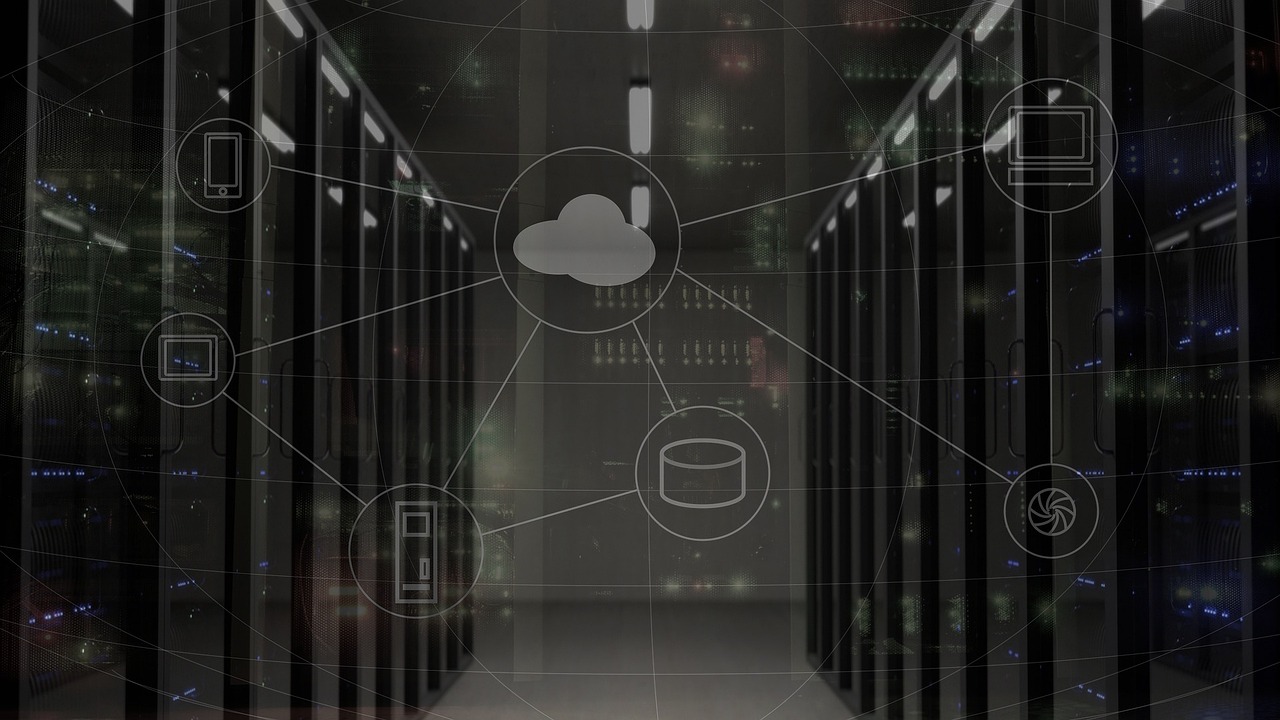How the Internet Works?

The internet, often considered one of the most revolutionary inventions in history, has transformed the way we live, learn, and communicate. While more than 66% of the world has access to it, the inner workings of how the internet works remains a mystery to many. At its core, it is a massive network of interlinked devices that exchange data using specific standardized protocols. Understanding how these protocols function requires exploring their fundamental components and processes.
The Internet works via an established system of Servers and Clients. A server is a computer that stores and delivers data, including websites, videos, or files, in response to requests from clients like smartphones or laptops. These requests travel through a series of networks. Networks are groups of interconnected devices, ranging from local home networks e.g. LANs to vast global systems e.g. WANs. These networks interact through the Internet Protocol (IP), a set of rules that regulate data communication. Every device connected to the internet has a unique IP address, much like the serial number on the products at a grocery store, allowing data to travel to its destination.
When a client loads a website, the bits that make up the website do not arrive all at once. Instead, they are broken down into smaller units called Data Packets. These packets travel through the internet using a system called Packet Switching. This method ensures efficient data transfer by allowing packets to take different routes to reach their destination. Each packet contains a part of the requested information along with instructions for reassembling it upon arrival.
Protocols like TCP (Transmission Control Protocol) ensure that these packets arrive accurately and in the correct order. Additionally, you might have seen the “https” at the start of a link. HTTPS (HyperText Transfer Protocol Secure) enables the transfer of webpages. Similarly, DNS (Domain Name System) translates user-friendly website names like "scientistmagazine-85af3.web.app" into IP addresses. It searches for the entered link (Uniform Resource Locator) in the database of domain names and sends the webpage back to the client.
Your access to the Internet is provided by Internet Service Providers (ISPs). ISPs link your device to the internet by directing your data through their servers and onward to global networks. A notable example of ISPs in Pakistan is PTCL which, like others, uses routers and modems for the mentioned above.
You may have recently come across information about underwater sea cables, which, if damaged, could disrupt internet speeds. They're the backbone of internet structure: Fiber Optic Submarine Cables. These cables transmit data across continents, enabling international connectivity. Satellites also play a role, though they account for a smaller percentage of internet traffic. Though, they are used for applications surrounding the internet such as GPS.
As the internet grows, security and scalability remain critical challenges. Data encryption methods, such as those used in HTTPS, protect sensitive information from unauthorized access. Meanwhile, innovations like 5G and IPv6 address the increasing demand for faster speeds and more IP addresses.
The internet is an impeccable example of human innovation. Connecting billions around the globe, it marvelously broke the very bounds of human limitation. As we continue to develop, the internet's role as a cornerstone of modern life will only grow. It is crucial to mention that there is much more to how the internet works but this writing should give you an understanding of the core principles of the internet. Understanding its complexities not only clarifies this essential technology but also enhances our appreciation for the invisible network that drives our world.
Similar Post You May Like
-

CFCs, HFCs and their long, troubled history
At its peak, the ozone hole covered an area 7 times larger than the size of Europe, around 29.9 million km2, and was rapidly expanding
-

The Origin of Universe: Deciding point where it all began!
Let us unravel and surf through the ideas throughout ages to understand what the universe and its origin itself was to its inhabitants across history.
-

The Artemis Program
Inspired by the Greek goddess of the Moon, twin sister to Apollo, the artimis program was named on 14 May 2019 by Jim Bridenstine.






